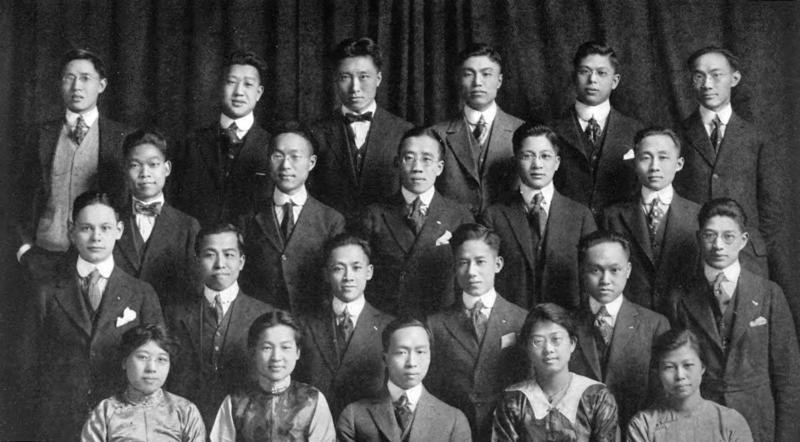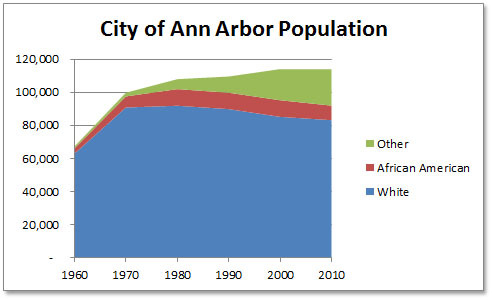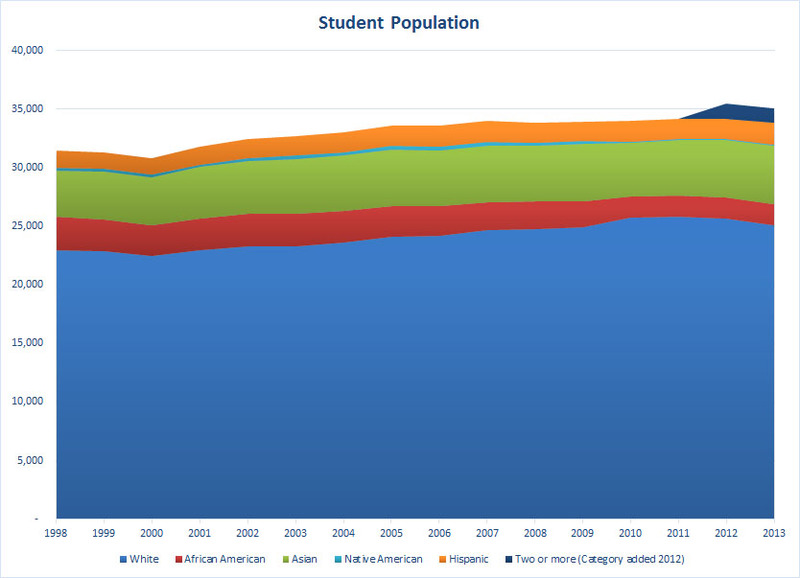Ann Arbor Historical Notes, Population, and Enrollment
The census of 1870 listed 231 black community members, but this number soon grew. Due in part to building projects initiated by U-M president James Angell, many black laborers moved to Ann Arbor: between 1900 and 1910 the black population climbed to 515 residents, and continued to rise in the early 20th Century. By 1940, the black community in Ann Arbor was over 1,200 people, about 4% of the city’s population.
The city of Ann Arbor appointed their first black police officer in 1907. However, city government took much longer to diversify. Albert Wheeler, Ann Arbor's first black mayor, was not elected until 1975, more than 100 years after black residents began to settle in the area in large numbers.
Minority Enrollment All-Time High
In 1992, enrollment of underrepresented racial groups reached 21.4% of the student body; with 7.8% of the student body African American. U-M President James Duderstadt had set a goal in 1988 to increase minority enrollment. After the 2006 ballot initiative forbidding consideration of race or gender in public education passed in Michigan, black enrollment began to decline considerably.

A Puzzling Problem


